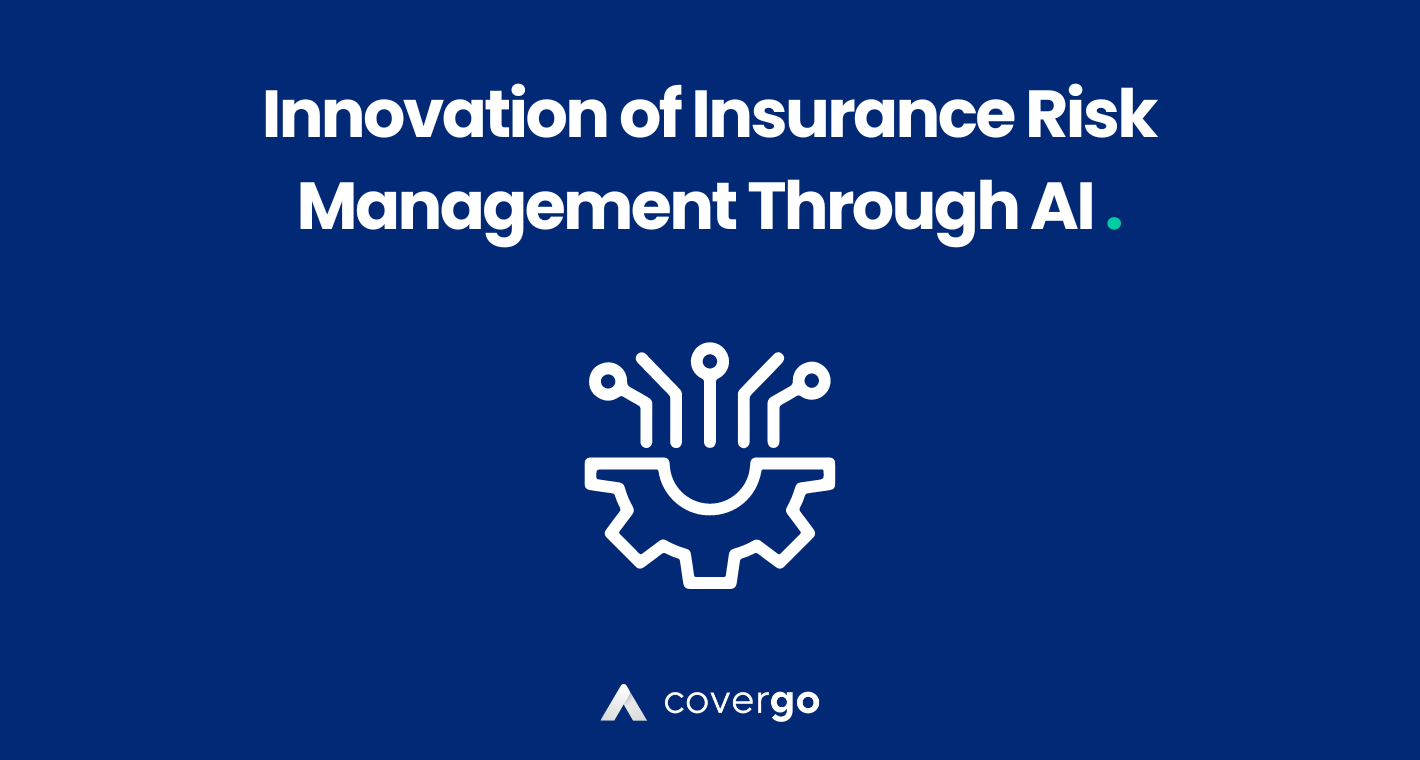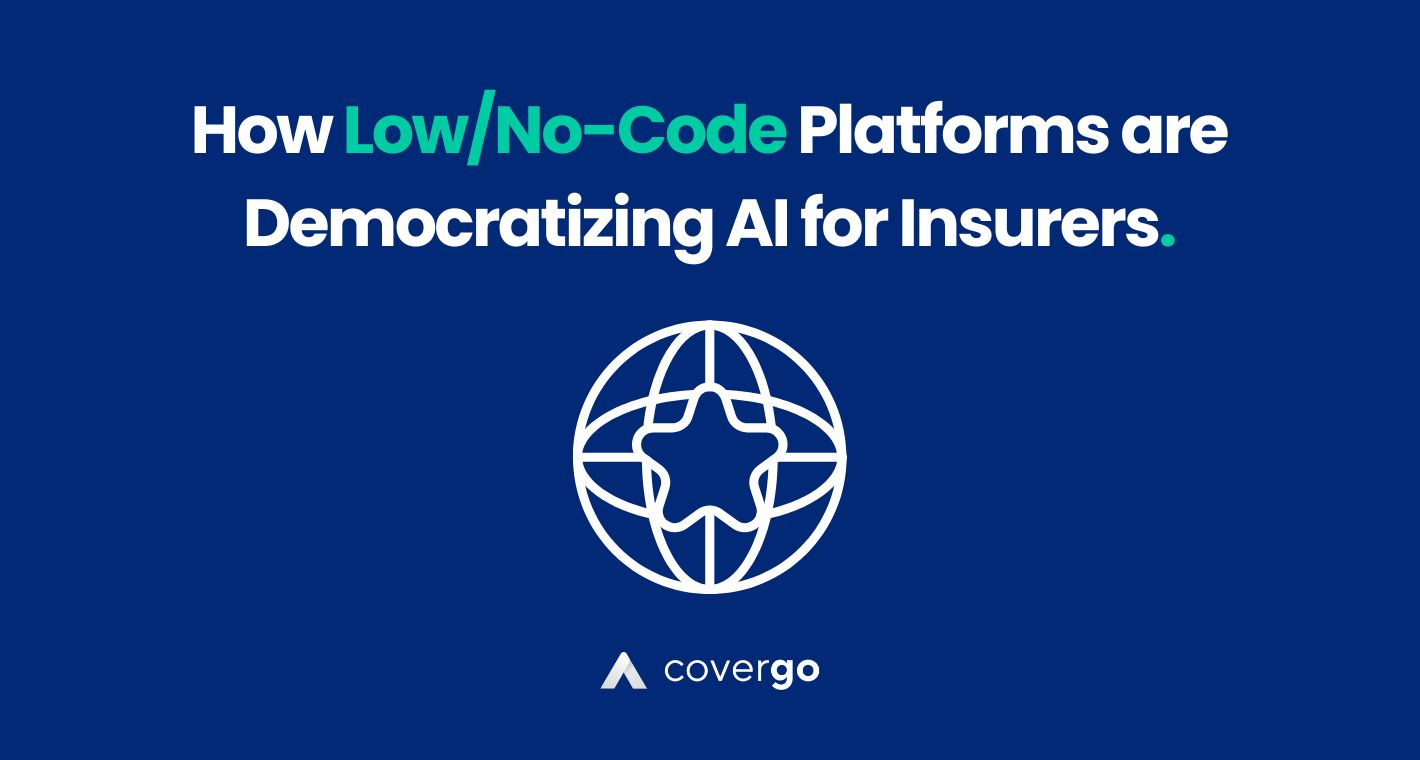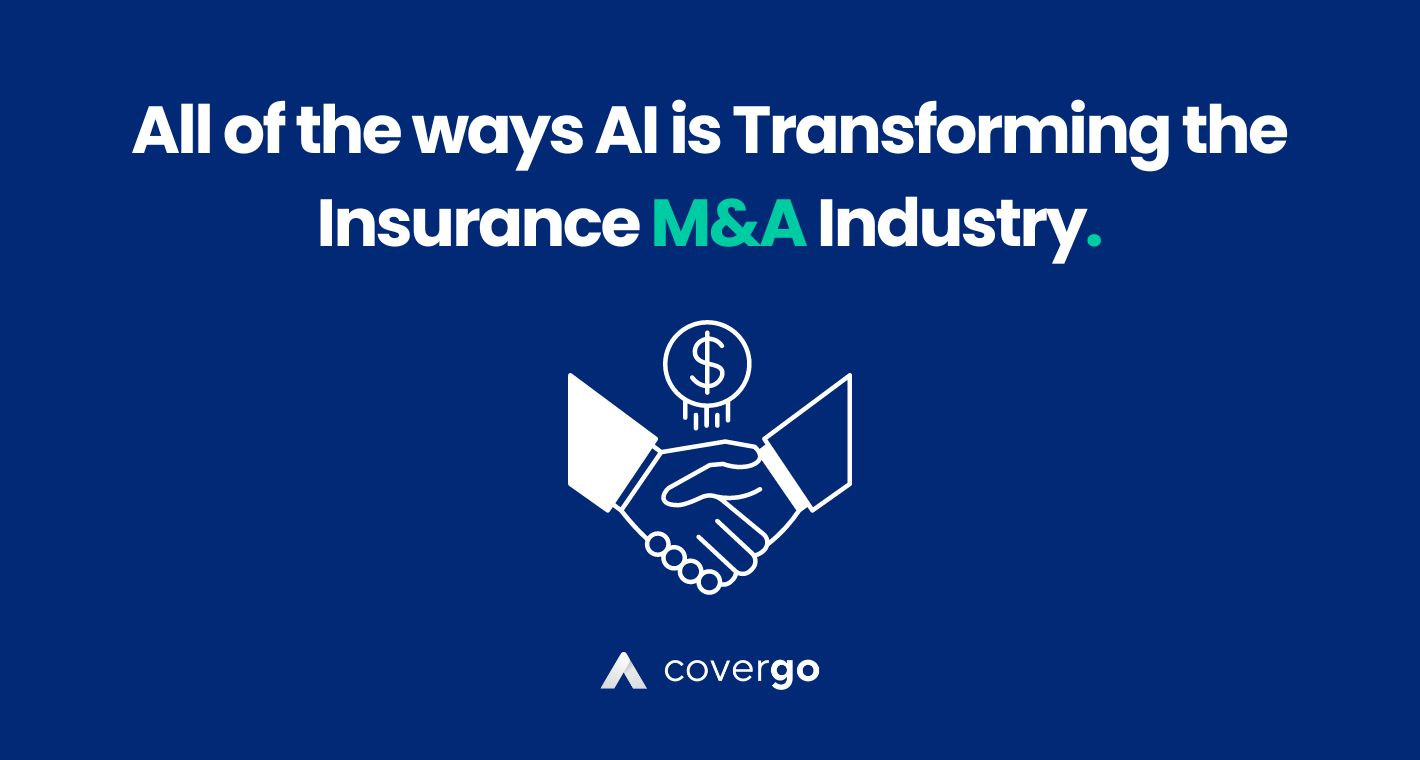Key takeaways:
- AI disrupts traditional risk assessment with its precision
- Machine learning replaces old ways of portfolio risk management
- Fraud detection has never been easier, thanks to AI
- There are clear ways of implementing AI and machine learning for risk assessment
Traditional risk assessment and management in insurance have always relied on human underwriters to evaluate applications and set premiums. While experienced underwriters provide valuable expertise based on their experience and analyses of past cases, this process has limitations when it comes to accuracy, transparency, and ease of use for customers.
Underwriters can only examine a limited number of factors for each application and may miss subtle risks or inaccurately assess some cases due to human biases or lack of comprehensive data. Premiums also remain mostly static once set, without adjustments to an individual’s changing risk profile.
However, in today’s insurance landscape, more and more companies have started to adopt artificial intelligence (AI) technologies and machine learning to help address these challenges and more efficiently assist in risk management and assessment.
By continuously analyzing massive amounts of internal and external data, AI allows insurers to take a more dynamic, personalized, and data-driven approach toward understanding and pricing individual and portfolio-level risks.
AI Brings Faster and Better Risk Assessment
Through AI and machine learning, insurers can achieve what is known as “dynamic risk management”. Models continuously re-evaluate existing customers and risks to identify any changes in their risk profile as new data and information become available. For example, changes in credit score, driving patterns, or health indicators from fitness trackers can help flag increasing or decreasing risks.
Any high-risk cases that experience extreme events like accidents or missed payments can be automatically flagged for immediate attention from human staff.
Policy prices or terms can then be rapidly adjusted based on the new risk levels, preventing underpricing and minimizing future risk exposure. Rather than relying on static annual or bi-annual evaluations, AI enables insurers to monitor risks in a real-time and active way.
This dynamic approach is a great improvement over traditional methods that may leave risks undetected or underpriced for long periods of time. By catching shifts quickly, insurers reduce uncertainty and lower their risk exposure over the long run.
Deeper Portfolio Risk Understanding Using Machine Learning
In addition to a wider view of individual risks, AI is helping insurers develop a wider and better understanding of their overall customer portfolio risks.
For example, machine learning models can continuously scan reports, news, weather data, economic indicators, and much more for signs of any emerging risks related to areas like climate change, health issues, economic trends, as well as global events.
Machine learning models then quantify and display the analyzed data. This gives underwriters a much clearer picture of their exposures to potential issues so they can proactively change terms, pricing, and risk modeling across their business to account for these trends. Rather than reacting to risks after major events, technologies such as machine learning allow insurers to anticipate threats and reduce their losses.
Optimized Fraud Detection with Artificial Intelligence
Insurance fraud is a major problem that inflates costs for all customers and diverts funds away from legitimate claims.
AI and machine learning can provide a very effective way of countering fraud attempts through deep analysis of more application details, claims histories, and external datasets. Such models are trained on huge volumes of past fraud cases to recognize suspicious patterns and behaviors that may indicate the intent of fraud.
By continuously examining hundreds of data points in real-time for each case, AI tools can catch even the most sophisticated fraud attempts that may simply evade human monitors.
These tools also have the advantage of constantly improving their abilities as they continue to learn from new cases and strategies used by adaptive criminal tactics. This allows insurers to prevent huge payouts for fraudulent claims while streamlining the approval process for honest customers through automatic flagging.
Getting Started with AI for Risk Management
While the disrupting impact of AI is obvious, building a risk modeling system is a complicated task that requires a lot of time, expertise, and resources – which not all insurers may have. However, there are still accessible ways your insurance company can start leveraging AI and scale up its capabilities:
1. Assemble a Cross-Functional Team:
Create a cross-functional team including data scientists, actuaries, underwriters, and risk managers. Their combined knowledge will be extremely important for defining goals, identifying useful internal and external data sources, as well as guiding AI and machine learning model development.
2. Audit and Improve Data Quality:
Before building any models, you must audit existing customers, claims, and other data for any issues. Fill gaps where possible to ensure training datasets are as powerful and accurate as possible for models to learn from.
3. Start with Pilot Initiatives:
Focus your initial efforts on proof-of-concept pilot programs centered around well-defined areas, like specific risk types. This lower-risk approach allows for learning from small-scale testing before any major decisions.
4. Invest in Data and Training:
For your insurance company to see early success, dedicating more funding to data collection tools, training datasets, and ongoing staff education will be extremely important to fully leverage AI and machine learning potential across wider risk management processes.
Constant learning and adaptation will unlock even greater predictive accuracy and automation. By implementing AI through a step-by-step approach focused on testing, you can efficiently work out challenges and ensure that the technology delivers clear results according to its priorities and capabilities.
Conclusion
AI and machine learning are revolutionizing how insurers assess and actively manage risks at both individual and portfolio levels. Dynamic and data-driven techniques replace outdated methods for much higher precision.
Early pilot programs and collaboration provide a clear way for insurers of all sizes to start benefiting from these powerful technologies and their promise of optimizing underwriting, strengthening anti-fraud measures, and long-term resilience.
With constant improvements and refinement, AI will continue reshaping the insurance landscape for many years to come. If you want to start using AI in insurance today – start with CoverGo!
FAQs
AI can improve risk assessment by continuously analyzing huge amounts of internal and external data to better understand individual risk profiles over time.
Machine learning allows insurers to leverage massive amounts of alternative data sources to more accurately understand emerging portfolio-level risks and their impacts.
AI enhances fraud detection capabilities by enabling models to learn from historical examples and identify suspicious patterns across hundreds of datasets in real-time.
Recent posts
- How Low/No-Code Platforms are Democratizing AI for Insurers
- All of the ways AI is Transforming the Insurance M&A Industry.
- 10 Crucial Mistakes to Avoid When Filing an Insurance Claim
- 5 Important Tips That Will Make Filing Claims For Specialized Policies a Breeze
- Artificial Intelligence as The New Defender Against Insurance Fraud



